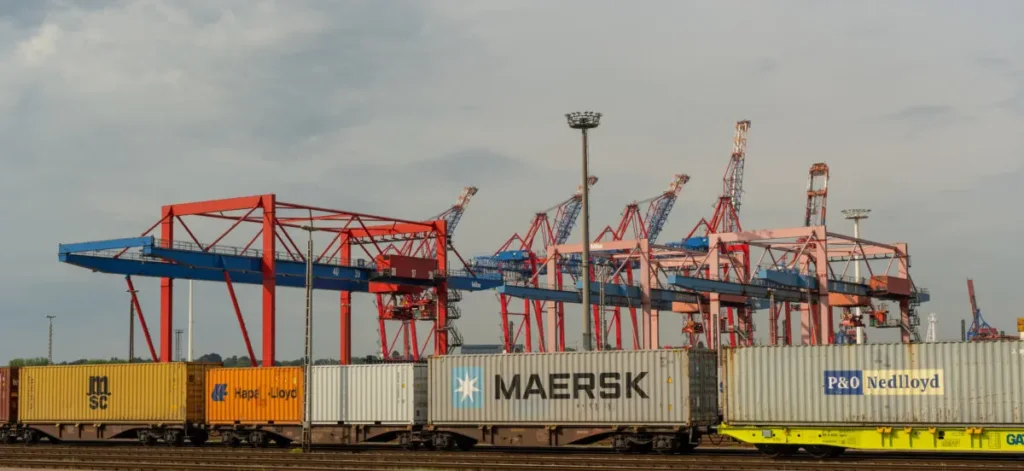Hapag-Lloyd has successfully completed the financing for its 24 new large container ships. With an investment volume of around four billion US dollars, the financing is based on the principles of the updated Hapag-Lloyd Green Financing Framework. This framework aligns with the Green Loan Principles of the Loan Market Association (LMA) and has been certified by the international classification society DNV.
The financing consists of four components:
- 900 million US dollars from own funds,
- 500 million US dollars through bilateral mortgage loans from two banks,
- 1.8 billion US dollars through three leasing structures,
- 1.1 billion US dollars through a syndicated credit facility secured by China Export & Credit Insurance Corporation (Sinosure).
The financed share of the total costs amounts to approximately 80 percent, with terms ranging between 10 and 18 years.
Despite a decline in profits in the first half of 2024 due to changing market conditions after the pandemic—and a halving of profits in the first nine months of 2024 compared to the same period last year—Hapag-Lloyd remains committed to a sustainable and future-oriented fleet strategy.
Sustainable modernisation
The new ships, which have a total capacity of 312,000 TEU, were ordered in October 2024. They will be built in China and are scheduled for delivery between 2027 and 2029.
According to the company, the ships will be equipped with modern high-pressure dual-fuel liquefied gas engines capable of using biomethane in addition to LNG. This technology can reduce CO₂ emissions by up to 95 percent. The vessels are also “ammonia-ready,” supporting Hapag-Lloyd’s long-term decarbonisation strategy.
However, expanding the fleet also carries the risk of overcapacity, particularly if global demand does not grow as expected, as seen during the COVID-19 crisis. The actual impact of this investment will largely depend on future market developments and the company’s ability to utilise the new capacity efficiently.









